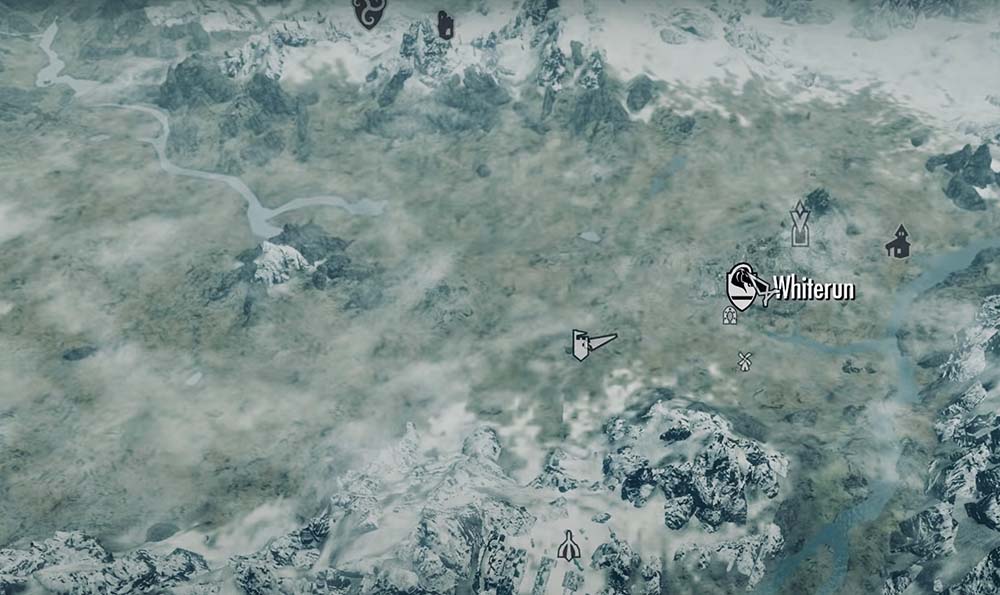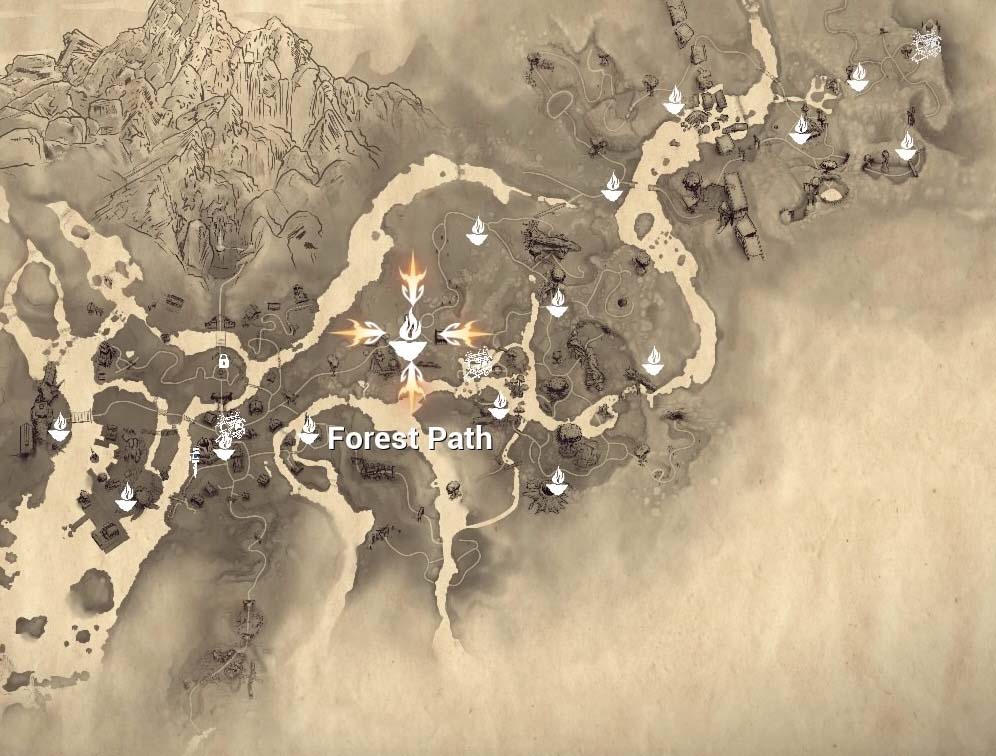
Minutes into the opening gameplay of Elden Ring, players are presented with “The Map”. You stand on a mist-swirled, green-brown square; zoom out, and that square is an island within a black void. The edges of the map mark the limits of your known world. Many writers have reflected on the appeal of these in-game maps, arguing for example that they are becoming ever bigger, and more beautiful. I offer a new answer, drawing on the philosophy of maps. Video game maps have a special feature that heightens the pleasure of exploring them: they start off blank.
The philosophy of maps
Back in 1989, Brian Harley asked a deceptively simple question. What are maps? You might think maps are straightforward objects: representations of the world around us. Harley rejected this simple answer. Instead, Harley advanced a philosophical argument about their nature: maps are objects of power. Mapmakers choose what and how to represent the world, and these choices have power. Take two world maps, one placing New York at the centre, and the other placing Jerusalem at the centre. Each map conveys a very different message as to what the heart of the world is. In 2006, the Norwegian Foreign Minister commissioned new maps, placing the ‘High North’ (Norway and surrounding polar regions) in the centre. In a speech, the minister explained, ‘Maps influence the way we view the world… From a northern angle the planet earth looks quite different.’
 Worldmap detail from Bethesda’s Skyrim. Mysterious mists.Mapping unreal places
Worldmap detail from Bethesda’s Skyrim. Mysterious mists.Mapping unreal places
Humans have been mapping unreal places for centuries. We’ve created maps of Paradise, of Fairyland, of Middle Earth. Mapping unreal places goes hand in hand with gaming. I remember video games without graphics, and hand-scribbling maps to navigate the caves of Adventure and Zork. Video game maps have since advanced.
When we consider these maps as Harley would, expected results emerge. Whiterun is at the centre of the world map given in Skyrim. The Royal Palace, Vizima, is at the centre of the world map given in Witcher 3. These are the seats of political power. Further, in-game maps pick out different features of their worlds. Firewatch, a walking exploration game, picks out rivers, meadows, and supply caches. Red Dead Redemption 2, an adventure RPG, picks out weapon shops, stables, legendary animal lairs. Yet I think there’s even more to be gleaned about our experience of gaming from the philosophy of maps. Video games provide an experience that traditional maps of unreal places can’t. Video game maps prize blank spaces. Elden Ring is far from the first game to start with a map that’s almost, or wholly, blank. Mists crowd in around the known world, or else the map shows merely the contours of the farther world, blank spaces waiting to be filled by mountains or towns or shipwrecks.
All kinds of theories are offered to explain why people love video games. Gaming satisfies our base psychological desires for mastery, autonomy and relatedness. Gaming can put you into a flow state, that feeling when you’re fully immersed in an activity. Gaming can provide a sense of community and inclusion. I think people are also lured by their game maps.
 Worldmap detail from Ember Lab’s Kena. The explored and unexplored.The lure of blank spaces
Worldmap detail from Ember Lab’s Kena. The explored and unexplored.The lure of blank spaces
Throughout history, people have longed for empty spaces on maps. A character in Joseph Conrad’s Heart of Darkness describes how ‘inviting’ the ‘blank spaces on the earth’ seem, how he hankered to visit ‘the biggest, the most blank’. Historical maps were liberally printed with the words Terra Incognita (literally, unknown land) and those words stir the imagination. There is something deeply seductive about large expanses of white paper and faint lines indicating coastlines that might – might – be there.
Our planet still contains many places that humans have not explored: we’re still mapping new cave systems, and we’ve barely dipped our toes into the oceans. And, as Douglas Adams once said, outer space is really really big. But few of us will fill in those blank spaces. Reaching those unexplored caves, or outer space, is difficult. Video games offer alternative opportunities for discovery and exploration. We get to fill in the blanks of maps. We can even, as one Minecraft player is attempting to do, go deeper into video game geography than any gamer has gone before.
Gaming allows us to explore unknown spaces, and fill in maps, from our armchairs.
What’s more, video game mapmaking reveals the player’s power. When you play Elden Ring, or Skyrim, or Horizon Zero Dawn, the player is centred on the map. You are, quite literally, at the centre of the universe. This reminds us that the player is the true powerhouse of any adventure game: it is us that solves ancient puzzles, topples kingdoms, battle monsters. And, as we wander about adventuring and uncovering new places, we fill in the map.
Emily Thomas is Associate Professor in Philosophy at Durham University. Prior to this she obtained a PhD from the University of Cambridge, and held a NWO grant at the University of Groningen. She has published widely on the history of philosophy, especially on space and time. Her most recent book is The Meaning of Travel: Philosophers Abroad (Oxford University Press, 2020). Her web site is here.

